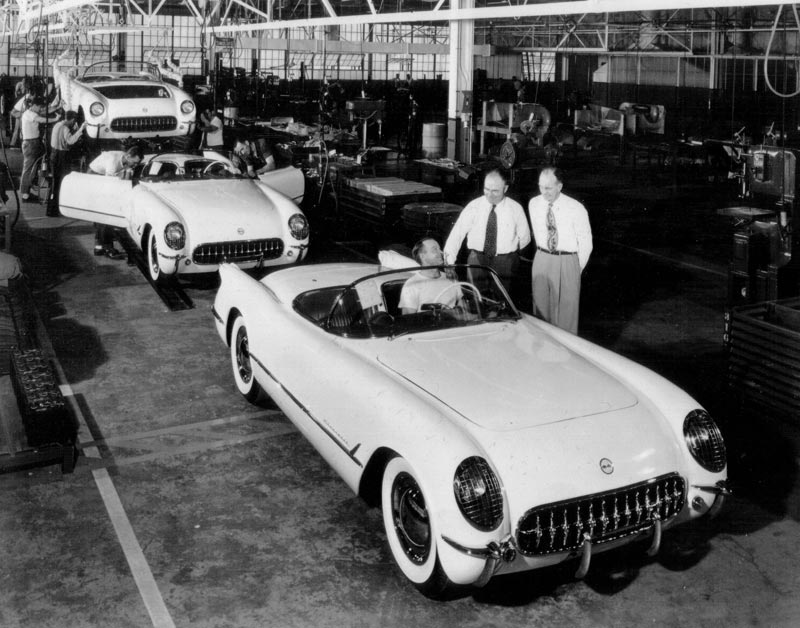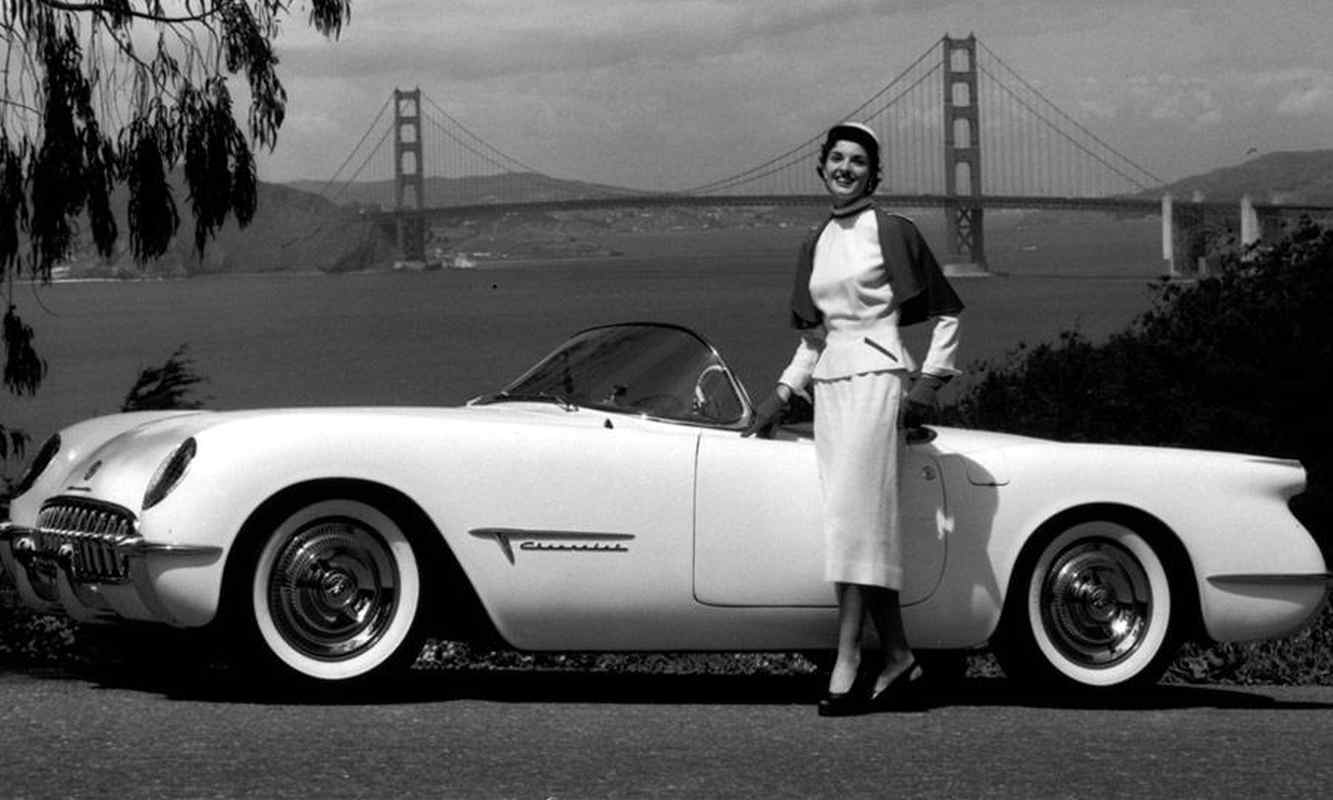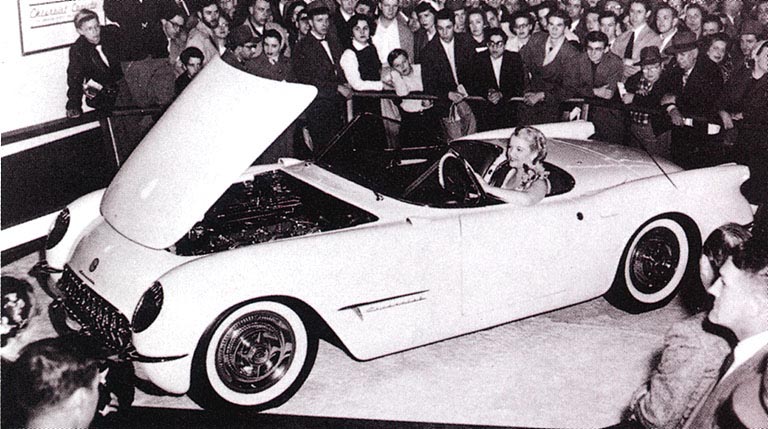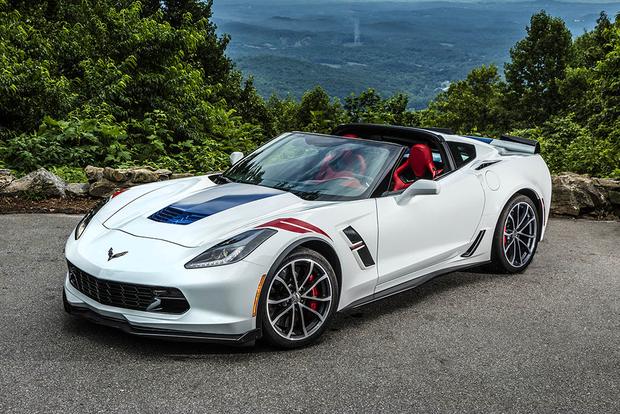Flint, Michigan–It was June 30, 1953 when the first production all-fiberglass-bodied Corvette rolled off the line at GM. A man from the line, Tony Kleiber did the honors of driving it first.
That first Corvette was a marshmallow compared to other (psst, European) sports cars, but the fiberglass body version let the world know GM was serious about innovation in Corvette.
After the 1953 version, despite rumors, Chevy never produced a metal Corvette. Fiberglass, amongst a growing list of other attributes, would be Corvette’s thing.
The Corvette, despite it’s sluggish start off the line in 1953, has become a national icon for the U.S., and one of the most influential vehicles on the road since its inception.
First Vettes
The man behind the first Corvette was Harley J. Earl, a Hollywood fancy pants, and car designer to the stars. Earl started din his father’s business, Earl Automobile Works, building a reputation for his unique style.
The folks at GM took note of Earl’s work, hiring him in 1927 to redesign their LaSalle. The move was a smart one. LaSalles flew out of sales rooms until the Great Depression.
Then nobody sold much of anything for a couple of years.
Earl came back into the spotlight in 1950 with the Buick LeSabre. Just like the LaSalle, his design was a hit. Earl was back in the Chevy game. Three years later he designed for them what he called his “dream car,” the Corvette.
1953 Vette
The prototype for the first Corvette debuted in January at the Waldorf Astoria that year as part of GM’s traveling auto show, the Motorama. It was a white convertible with the red seats, the first of its kind, all fiberglass. They chose the material for it’s lightweight durability.
Other than that, and style, the first Vette wasn’t much different than other production cars. In fact, it they built it on standard parts under that flashy exterior.
The engine was six-cylinder “Blue Flame,” found in other GM cars. The two-speed automatic transmission, standard, the drum brakes, also standard.
Performance reviews of that first model were harsh, but nobody could deny the styling and the innovations in that body. This was, after all, America. A good body can go a long way to making money.
Chevrolet produced 300 of them on the first run, selling them for $3,498 each ($32,000 in today’s economy).
Corvette brand
The 1955 Corvette offered a V-8, finally breaking it away from the pack. By 1961, it was America’s favorite sports car, a title it still claims.
Folks know today’s Corvettes for their innovations. They are still made of composites, although they are not pure fiberglass anymore. Some part may even have metal, but that doesn’t slow them down.
Sales are solid too. The engine has come so far, the GM LS Series, a Corvette engine, is the most sold engine in the aftermarket. In 2016, Chevy produced 40,698 Corvettes, a long way from 300 in 1953. That’s 19% more than they produced the year before.
It’s safe to say, the Corvette is still a popular dream car for many people. Today, Chevy sells them overseas too, where international buyers consider them exotic.
The most popular Corvette is still automatic, but there is nothing standard about that transmission. The 8-speed paddle shifter is what buyers prefer today, and white is still the most popular color.




